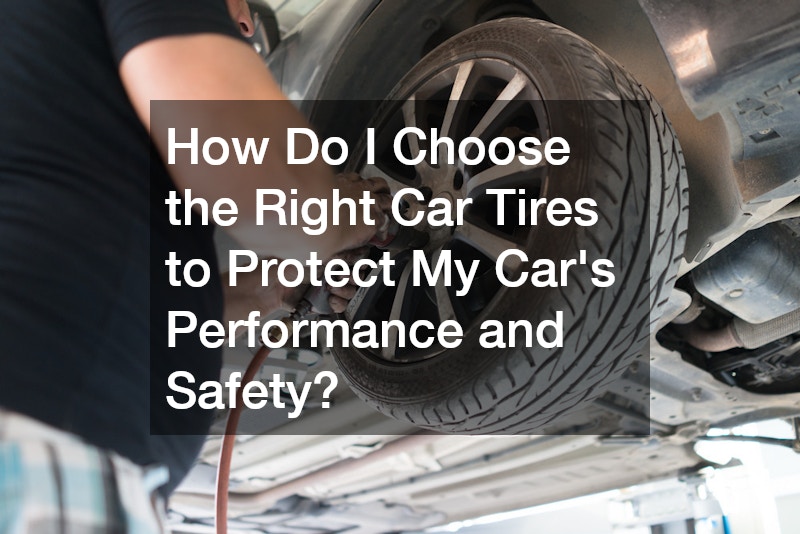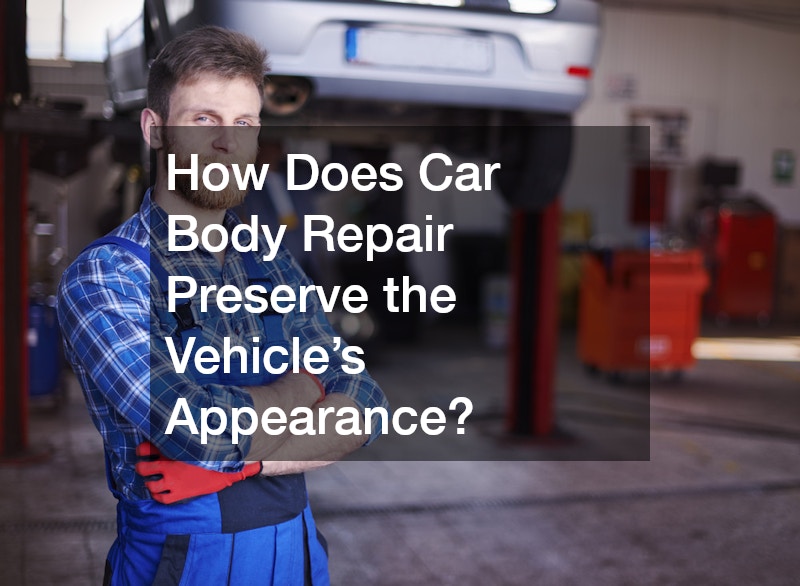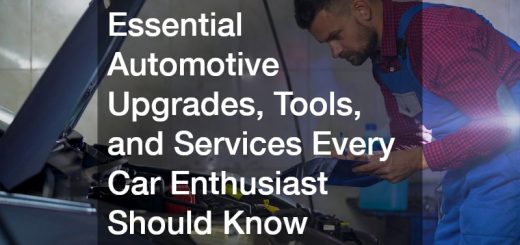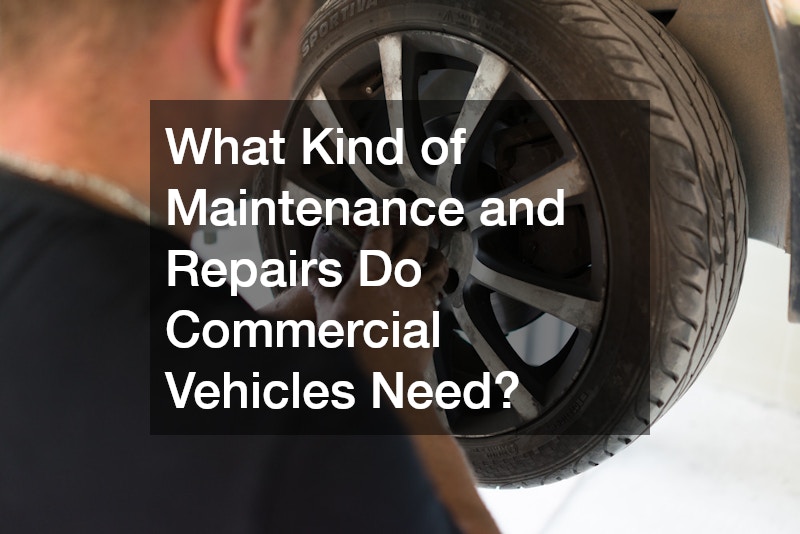Top 10 Car Protection FAQs to Keep Your Vehicle Looking Like New in 2024


Introduction: Why Car Protection Matters in 2024
In 2024, car protection remains a pivotal element for any vehicle owner aiming to preserve their vehicle’s aesthetics and function. Maintaining your car regularly ensures it retains its value and keeps looking new even after years of usage. According to Kelley Blue Book, a well-maintained car can maintain up to 20% more resale value than a neglected one.
The significance of car protection has grown alongside advancements in car technology and the value of used vehicles. Car FAQs are instrumental for vehicle owners as they help address common concerns with practical solutions. In this comprehensive article, we present answers to frequently asked questions that will assist you in protecting your car efficiently.
Taking preventative measures not only prolongs the life of your car but also provides consistent performance. By following professional advice and making small attentive changes, you can keep your car in pristine condition. We will explore vital aspects of car protection that are crucial in 2024 through these car FAQs.
Maintenance Tip: Set up a regular maintenance schedule and stick to it. Create a checklist of essential maintenance tasks, like oil changes, tire rotations, and brake checks, and review it monthly. For best results, consult your car’s manual for recommended service intervals and mark them on your calendar. Regularly inspecting the vehicle inside and out also helps catch potential issues early, preventing larger, more costly repairs in the future.
1.How Can Car Windshield Replacements Protect My Vehicle?

Car windshield replacements are crucial in maintaining the safety and integrity of your vehicle. A damaged windshield can compromise visibility, leading to hazardous driving conditions. Prompt car windshield replacements prevent minor chips from spreading into large cracks that could jeopardize structural integrity.
It’s imperative to routinely inspect your windshield for chips and cracks, addressing them as soon as they occur. Many insurance policies cover windshield repairs, making it financially feasible to get professional repairs or replacements when needed. Regular maintenance prevents obstructive damage that might impede driving.
By using car FAQs, owners can keep up with potential windshield issues before they escalate. Maintaining a clear and crack-free windshield not only improves safety but also contributes to the overall appearance of the vehicle. Windshield health remains a vital part of comprehensive car protection strategy.
Maintenance Tip: Regularly clean your windshield with a quality glass cleaner and microfiber cloth to ensure clear visibility. Inspect your windshield for small chips or cracks at least once a month. Even minor chips can quickly spread, especially in temperature fluctuations, so get these repaired immediately to avoid a full replacement. For further protection, consider a windshield treatment that repels water, making driving safer during rain. Using proper wiper blades and replacing them annually also prevents scratches.
2.What’s Included in Comprehensive Car Detailing, and How Often Should I Do It?
Car detailing is a comprehensive cleaning process designed to make a vehicle look brand new. It generally includes interior vacuuming, waxing, polishing, and even odor removals. The thoroughness of car detailing goes beyond regular washing to address intricate areas that are prone to dirt accumulation.
A professional car detailing session is recommended every 6-12 months, depending on your driving conditions and vehicle use. This ensures the car remains visually appealing, while regular at-home cleaning can help keep up appearances between professional engagements. Studies indicate that regular detailing can improve resale value by up to 15%.
Answering general car FAQs about detailing, such as service components and frequency, helps in making informed decisions in car maintenance. A meticulous detailing regime protects your investment and enhances your driving experience, ensuring a pristine look and feel for your vehicle.
Maintenance Tip: Keep up with basic detailing practices between professional sessions. Vacuum the interior, clean floor mats, and wipe down the dashboard weekly to keep the cabin fresh. To protect the car’s paint, wash the exterior at least bi-weekly and apply a coat of wax every three months. Wax acts as a barrier against grime, bird droppings, and UV rays. Avoid automated car washes that use harsh bristles, as these can scratch your paint. Instead, choose a touchless wash or wash by hand with microfiber cloths.
3.How Do I Choose the Right Car Tires to Protect My Car’s Performance and Safety?

Choosing the right car tires is fundamental to ensuring optimal performance and safety. Quality tires provide better traction, improve fuel efficiency, and ensure a smooth driving experience across different terrains. It’s crucial to select tires that are suited to your driving conditions and the local climate.
Routine checks on tire pressure and tread depth are necessary to avoid unexpected hazards. Regular tire rotations further extend their life and performance. Investing in high-quality, season-appropriate car tires is not only cost-effective in the long run but also improves vehicle stability and handling.
Car FAQs often underline the importance of tire care, emphasizing actionable advice for tire longevity and performance. Understanding how tire selection and maintenance affects overall car safety can help you take proactive action to protect both your vehicle and passengers.
Maintenance Tip: Regularly check tire pressure—at least monthly and before long trips. Incorrect tire pressure can lead to uneven wear, reduced fuel efficiency, and compromised handling. Rotate your tires every 5,000 to 7,000 miles, as this promotes even wear and extends their lifespan. If you live in an area with seasonal changes, consider switching to winter or summer tires as appropriate. Visually inspect tire treads; once they wear down to 2/32 of an inch, it’s time to replace them.
4.How Does Car Body Repair Preserve the Vehicle’s Appearance?

Car body repair is essential for maintaining a vehicle’s aesthetic appeal and preventing rust. Dings, dents, and scratches can lead to corrosion if left untreated, impacting the vehicle’s structural integrity over time. Maintaining the car’s exterior ensures lasting curb appeal and market value.
Owners should promptly address body damage to avoid worsening corrosion issues. Utilizing services such as paint matching and panel realignment helps restore the vehicle to its original factory finish. Prioritizing maintenance can prevent long-term structural weakening and preserve aesthetic integrity.
Parking in protected areas or using a car cover can reduce exposure to potential harm while keeping the vehicle’s appearance intact. Frequently asked car FAQs touch on actions needed after body damage, empowering car owners to engage in timely car body repair. Prompt repair prevents costly damages down the road.
Maintenance Tip: Park your car away from high-traffic areas or tight spaces where it may get scratched or dinged. If you notice small scratches or dents, address them immediately to prevent rust from forming. Minor dings can often be repaired at home with paint pens or touch-up kits, while deeper scratches may need professional attention. Regularly wash your car and apply a paint sealant or ceramic coating every few months to maintain the paint’s protective layer and glossy appearance.
5.Is Car Paint Protection Worth the Investment?
Car paint protection is a beneficial investment shielding your vehicle from environmental hazards. Techniques such as waxing, sealants, and ceramic coatings protect car paint from UV rays, dirt, and chemical pollutants. These methods prolong the aesthetic quality of the vehicle and safeguard against fading.
Experts recommend regular washing and waxing every few months to maintain paint condition under all weather circumstances. Studies suggest that high-quality ceramic coatings can reduce surface damage by 50%, offering enhanced protection over longer durations.
Addressing car FAQs regarding paint protection aids in understanding the benefits and obligations of maintaining such measures. Investing in quality paint protection results in less frequent paint touchups and repairs, ultimately serving as a cost-effective approach in vehicle maintenance.
Maintenance Tip: To maintain your car’s paint, always rinse off dirt, bird droppings, and tree sap as soon as possible. These contaminants can etch into the paint if left unaddressed. After washing, apply a high-quality wax or sealant for extra protection. Ceramic coatings offer long-lasting protection and are ideal for car owners who want a hands-off approach. Avoid parking under trees or in areas with intense direct sunlight for extended periods, as these can degrade the paint over time.
6.How Can a Carport Protect My Vehicle’s Exterior?
A carport provides a cost-effective solution for protecting your vehicle from environmental elements such as sun damage, hail, and debris. Carports offer shade similar to a garage but with more flexibility in location and installation. They are especially useful when a full garage setup is not feasible.
Carports significantly reduce paint oxidation and interior fading caused by prolonged exposure to direct sunlight. They are excellent solutions for parking environments where weather conditions are unpredictable. Owners can combine carports with covers for added protection during severe weather.
Car FAQs emphasize the multifaceted benefits of carports, especially when garages are unavailable. By leveraging such protective structures, vehicle owners can ensure longer-lasting exterior condition and reduce maintenance costs associated with exposure-related damage.
Maintenance Tip: If you don’t have a garage, a carport is a worthwhile investment for shielding your vehicle. For additional protection, use a fitted car cover when parked for extended periods, especially in harsh weather. If you already use a carport, periodically clean the structure itself to remove dust and debris that could end up on your vehicle. Install shade nets or UV-blocking screens for extra protection against sun damage, which can fade both paint and interior fabrics.
7.What’s the Difference Between Auto Glass Service and Windshield Repair?
Auto glass service encompasses a broad range of functions beyond just windshield repair, including side and rear window maintenance. While windshield repair focuses on chips and cracks in the front glass, auto glass services handle other damages affecting visibility and safety.
Having a certified technician perform repairs is crucial for ensuring proper fit and finish. DIY repairs are often inadequate, risking further visibility impairment and structural issues. Checking your insurance policy for coverage can alleviate the financial burden of unexpected repairs.
Car FAQs often differentiate these services so owners know when each type of repair is needed, ensuring comprehensive coverage. Understanding the full scope of auto glass service aids in maintaining all glass components in excellent condition while enhancing car safety.
Maintenance Tip: Clean all windows and mirrors regularly, using a soft cloth and a non-ammonia cleaner. Look out for cracks in side and rear windows, as any chips or cracks in these areas can compromise your car’s structural integrity. If a window or mirror becomes scratched, seek repair promptly, as scratches can worsen visibility. Tinting can also help protect glass from minor scratches and UV rays, keeping the interior cooler and safeguarding components like upholstery and dashboard plastics.
8.How Does Transmission Repair Factor into Overall Car Health?
Transmission repair is a critical factor in sustaining your vehicle’s longevity and performance. The transmission system is responsible for transferring engine power to the wheels, allowing the car to operate efficiently. Problems in the transmission can lead to costly repairs if not addressed quickly.
Owners should schedule transmission checks every 30,000 to 60,000 miles or at the first sign of symptoms such as slipping gears or fluid leaks. Preventative maintenance saves on potential future repair costs, which can exceed $3,000 for severe transmission issues.
Transmission repair car FAQs provide guidance on identifying problems early, ensuring owners can take swift action. Keeping the transmission in top condition safeguards your investment, ensuring hassle-free operation and preventing unexpected breakdowns.
Maintenance Tip: Check your transmission fluid regularly, as low fluid levels or discoloration can signal transmission issues. Transmission fluid should be pinkish; if it’s dark or burnt-smelling, it’s time for a change. Regularly scheduled fluid changes help prevent overheating and extend transmission life. If you notice strange noises, difficulty shifting, or a burning smell, seek professional inspection immediately, as these can be signs of a larger issue. Avoiding aggressive driving and towing heavy loads can also reduce transmission strain.
9.When Should I Consider Bumper Repairs to Avoid Further Damage?
Bumpers play a pivotal role in absorbing impact during collisions, thereby protecting the vehicle’s body and internal components. Prompt bumper repairs prevent the spread of rust and potential structural inefficiencies which can impair safety.
Regular inspections after minor collisions are important to maintain bumper effectiveness. Unrepaired damage can significantly lower resale value, as much as 15%, according to repair industry experts. These repairs ensure that any structural weakening doesn’t impact the effectiveness of your vehicle.
Car FAQs related to bumper maintenance help owners understand when repairs are necessary, contributing to better safety and appearance. Regular attention to the condition of bumpers can prevent larger, more expensive repairs down the line while keeping the vehicle in top shape.
Maintenance Tip: After any minor collision, inspect the bumper for cracks, dents, or alignment issues. Minor damage can be repaired with DIY bumper repair kits, but significant issues may require professional help to ensure proper alignment and functionality. Keeping bumpers in good condition helps protect the vehicle’s frame in more serious accidents. Additionally, applying a clear protective film over bumpers helps guard against scuffs and scrapes in high-traffic areas like parking lots.
10.How Can Dent Repairs Improve My Vehicle’s Appearance and Value?
Dent repairs are invaluable in maintaining a vehicle’s appearance and enhancing its resale value. Small dents, if left unattended, can lead to more serious aesthetic issues such as rust or paint deterioration. Quick repair through methods such as paintless dent repair (PDR) is effective and eco-friendly, restoring the car without needing a full paint job.
Vehicle owners should routinely check for dents and dings, ensuring they are promptly addressed to prevent further damage. This guarantees continuation of a pristine surface and maintains the vehicle’s market appeal. Addressing small issues early can prevent more extensive and costly damage.
Car FAQs on dent repair instruct owners on cost-effective solutions to maintaining their vehicle’s exterior. Making timely and informed choices about repairs promises better longevity and preserves the vehicle’s aesthetic appeal and structural health.
Maintenance Tip: Routinely inspect your car for any new dents or dings, especially if you frequently park in crowded spaces. Small dents can often be fixed using paintless dent repair (PDR), which is a quicker, less invasive method. Using a protective film on vulnerable areas like door panels and bumpers can reduce the risk of future dents. Avoid parking too close to other vehicles, as door dings are a common cause of minor damage. Timely dent repair prevents further damage, such as rust, that can result from untreated dents
Conclusion: Making Car Protection a Priority in 2024
Prioritizing regular maintenance and protection measures is essential to preserve a vehicle’s appearance, functionality, and value in 2024. Proactive care and immediate attention to issues can save substantial time and money while ensuring vehicle reliability and aesthetics. General car FAQs provide a robust resource for exploring effective protection strategies.
Vehicle owners are encouraged to consult automotive professionals for specialized car care and remain informed on car care FAQs to make informed decisions. Understanding the importance of regular vehicle maintenance enhances the long-term enjoyment and practicality of the car.
Making informed maintenance choices and staying proactive about vehicle protection will help ensure a well-maintained car through the year and beyond. Leverage these tips and insights to prioritize your vehicle’s health in 2024, enjoying a reliable and appealing ride throughout.
Maintenance Tip: Regular care and preventative measures are essential to keeping your car in peak condition. Consider setting up reminders for routine maintenance tasks, such as tire checks and fluid changes. Investing in protective accessories, like quality wax or paint sealants, can save you time and money over the long term. Familiarize yourself with car protection FAQs and industry insights to stay updated on the best practices for maintaining vehicle value and aesthetics in 2024.


